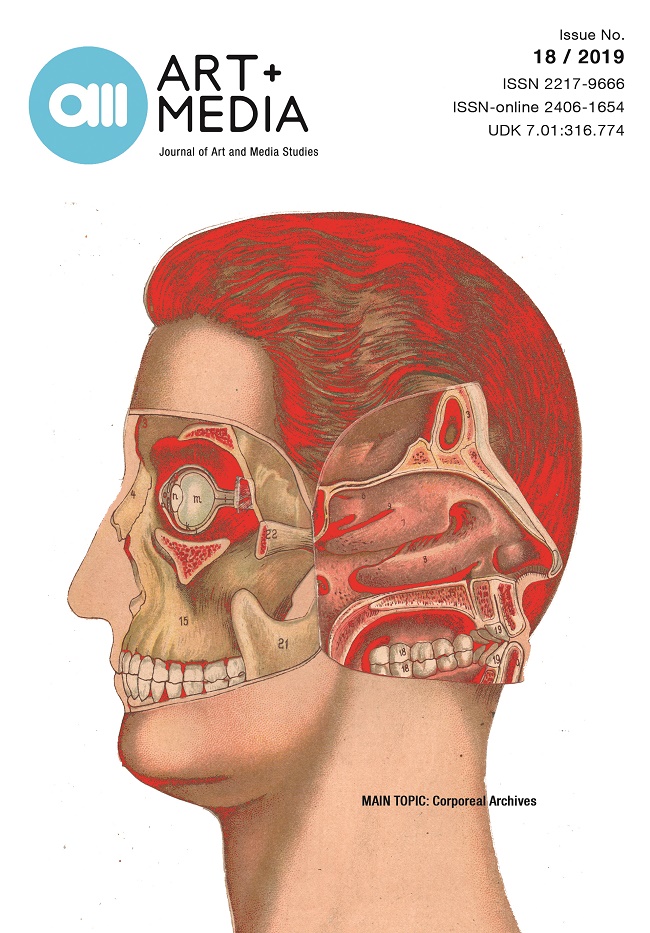Corporeal Plasticity and Cultural Trauma: Aestheticized Corpses After 9/11
Corporeal Plasticity and Cultural Trauma: Aestheticized Corpses After 9/11
Author(s): Nadia de VriesSubject(s): Aesthetics, Social Philosophy
Published by: Fakultet za medije i komunikacije - Univerzitet Singidunum
Keywords: cultural trauma; death studies; corporeality; memory studies;new media;
Summary/Abstract: The events surrounding the terrorist attacks of September 11, 2001 are well documentedin digital image culture. As a traumatic event of the Internet age, the images of 9/11’saftermath (the falling bodies, the urban ruin) were quickly disseminated on a global scale. Oneof the images, that of Richard Drew’s Falling Man, holds a particular place in 9/11’s legacy asa cultural-traumatic memory. The photograph, depicting an unidentifiable man who falls tohis death before a backdrop of the crumbling World Trade Center, has received both muchcriticism and acclaim for its vivid depiction of the physical horror that 9/11 brought forward.But the Falling Man is but one of many bodies that emphasized the precariousness of physicalstructures, human as well as non-human, in a post-9/11 world.Through a discussion of the dead human body in contemporary depictions, includingthe various reproductions of the Falling Man but also others, I argue that the virtualization ofthe human corpse affects the way in which the corpse is encountered from an aesthetic, butalso ethical perspective. The widespread accessibility that online culture engenders, I contend,places the image of the human corpse within an unprecedentedly global reach. What, I ask,does this new, web-based access to the political human corpse mean for the cultural memorythat it leaves behind?
Journal: AM Časopis za studije umetnosti i medija
- Issue Year: 2019
- Issue No: 18
- Page Range: 117-125
- Page Count: 9
- Language: English

